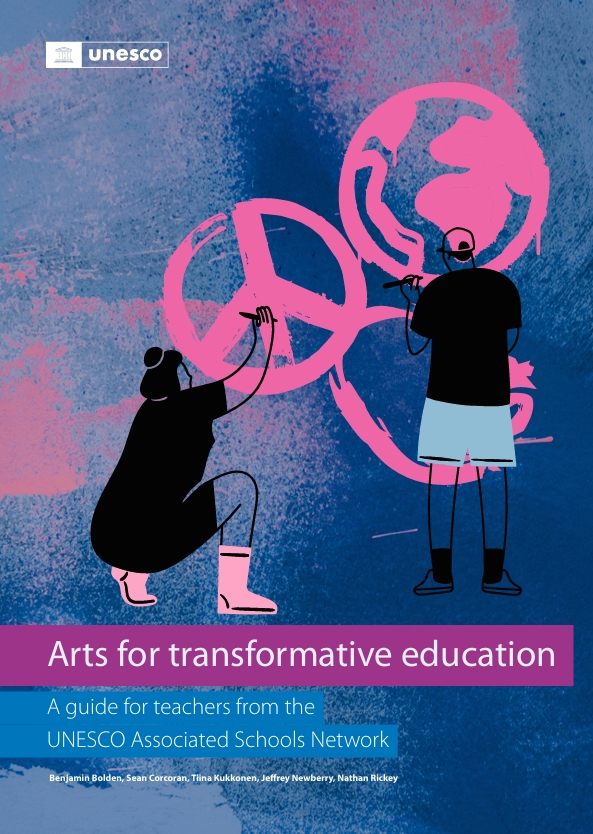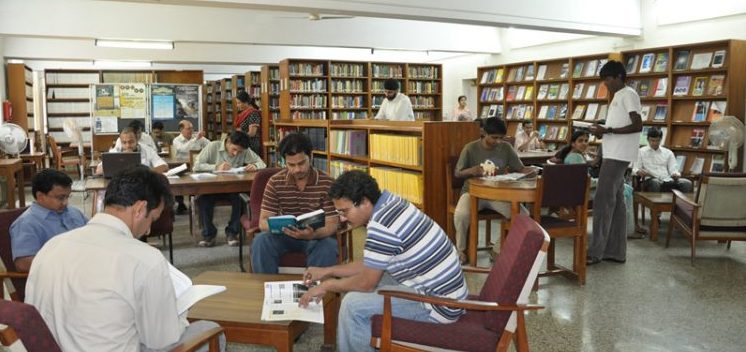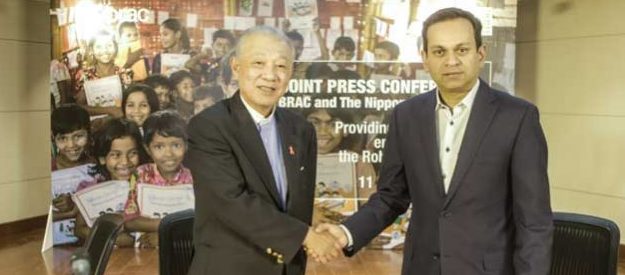By-Ashok Pandey January 8, 2018
An entire generation that entered the teaching profession in the early 1980s will soon be hanging up their boots without seeing the second edition of the National Education Policy since the one presented to the nation in 1986. If nothing else, it reflects poorly on the priority we accord to education in this country.
An entire generation that entered the teaching profession in the early 1980s will soon be hanging up their boots without seeing the second edition of the National Education Policy since the one presented to the nation in 1986. If nothing else, it reflects poorly on the priority we accord to education in this country. Quality education is a prerequisite to the quality of life, social transformation, research and innovation, sound value system and, above all, to build a high human capital. The educators, policy-makers and the civil society are acutely aware of the challenges that we face today in education. As of today, over 17 million children and adolescents are out of school, according to the recently released UNESCO eAtlas on out-of-school children. The share of GDP to education is hovering below 4%, hampering efforts to provide educational access to the weaker sections, investment in research and technology, skill development, and in creating a pipeline of committed and well-trained teachers. Over 10 million young people in India are in need of jobs at any given time.
Last year’s Union Budget was presented in February 2017 by finance minister Arun Jaitley against the backdrop of considerable hype around fixing the gap in budgetary allocation for education. It was expected of the finance minister to allocate more for creating centres of excellence, particularly in the areas of teacher training, research and development, and in introducing cutting-edge technology. Unfortunately, none of these happened. The broader goals of the budgetary allocation and the government’s priority, though, remain focused on eradicating poverty, hunger and inequality. Rightly keeping the youth in the centre, the government has shown clear intent to treat education as an important agenda in governance. In fact, during last year’s Union Budget, the finance minister highlighted 10 talking points, the ‘youth’ being one of them.
Considering that India is a growing economy amid the world’s gloominess—and that India will be the dominant hub of talent and world’s workforce—the upcoming Union Budget ought to give a push to the education sector. India is also a signatory to sustainable development goals (SDGs) mandated by the United Nations in 2015. The SDGs focus on providing inclusive and quality education and ensuring skill, competencies, decent employment and opportunity to all. Education underpins all these lofty objectives. Without an explicit provision by doubling the existing fund allocation and managing fund utilisation more efficiently, we will miss the targets of SDGs to be achieved by 2030. The finance minister must introduce a mechanism to revamp Sarva Shiksha Abhiyan (SSA), Mid Day Meal Scheme, strengthening of teachers’ training institutes, and back all this up with budgetary commitment.
India has consistently improved its enrolment of school education ratio at the primary level. However, at the higher education level, it remains low, at 23%. Therefore, there is a need for strengthening the secondary education landscape, vocational education and skill development. With the expansion of educational access, ensuring excellence and maximising employability are the two other major challenges. The government is conscious of the equality issues and accountability in achieving learning outcomes. In the era of globalisation, and India’s growing stature in the world, global competencies need to be developed. Our teaching-learning standards must match up to global benchmarks. Learning a foreign language along with the need to learn major Indian languages seen in the broader perspective will accrue long-term benefits.
To fix the challenges in education, we need to revamp the government-run schools to impart free, compulsory and quality education. At the same time, we need to engage with the private sector to share the responsibilities of nation-building, innovation and enterprise, and transform our schools into remarkable learning environments. In the last one year, the most talked about phenomenon in education has been the inclusion of Section 12(1)(c) of the RTE Act, mandating the inclusion of 25% of students in private schools from the economically-weaker and socially-disadvantaged groups. The Act recognises that private schools have the bandwidth to impart quality education. The Rashtriya Adarsh Vidyalaya document on public-private partnership in schooling released by the human resource development ministry in 2013-14 acknowledges that private sector’s efficiency would optimise the life-cycle cost and improve the quality of education. While many argue that privatisation of education must be discouraged, governments over the years have relied on the capacity of private schools. And yet, the controversy around autonomy of private schools remains a sore point. The student enrolment in private schools is 40% of the entire school-going population, making privatisation an irreversible process.
The Global Education Monitoring report 2017-18 released on October 24 by UNESCO calls upon the governments to design accountability systems for schools and teachers that are supportive of children. It further suggests democratic participation, respect for media, freedom to scrutinise education and establish independent institutions to hear grievances. As a signatory to UN obligations, we cannot ignore these observations.
Looking from the standpoint of the education sector, the finance minister is expected to come out with a dream Budget aligned with the aspirations of the youth and the new India. That will be an investment in, and a solace to, the youth, constituting 50% of India’s population.






